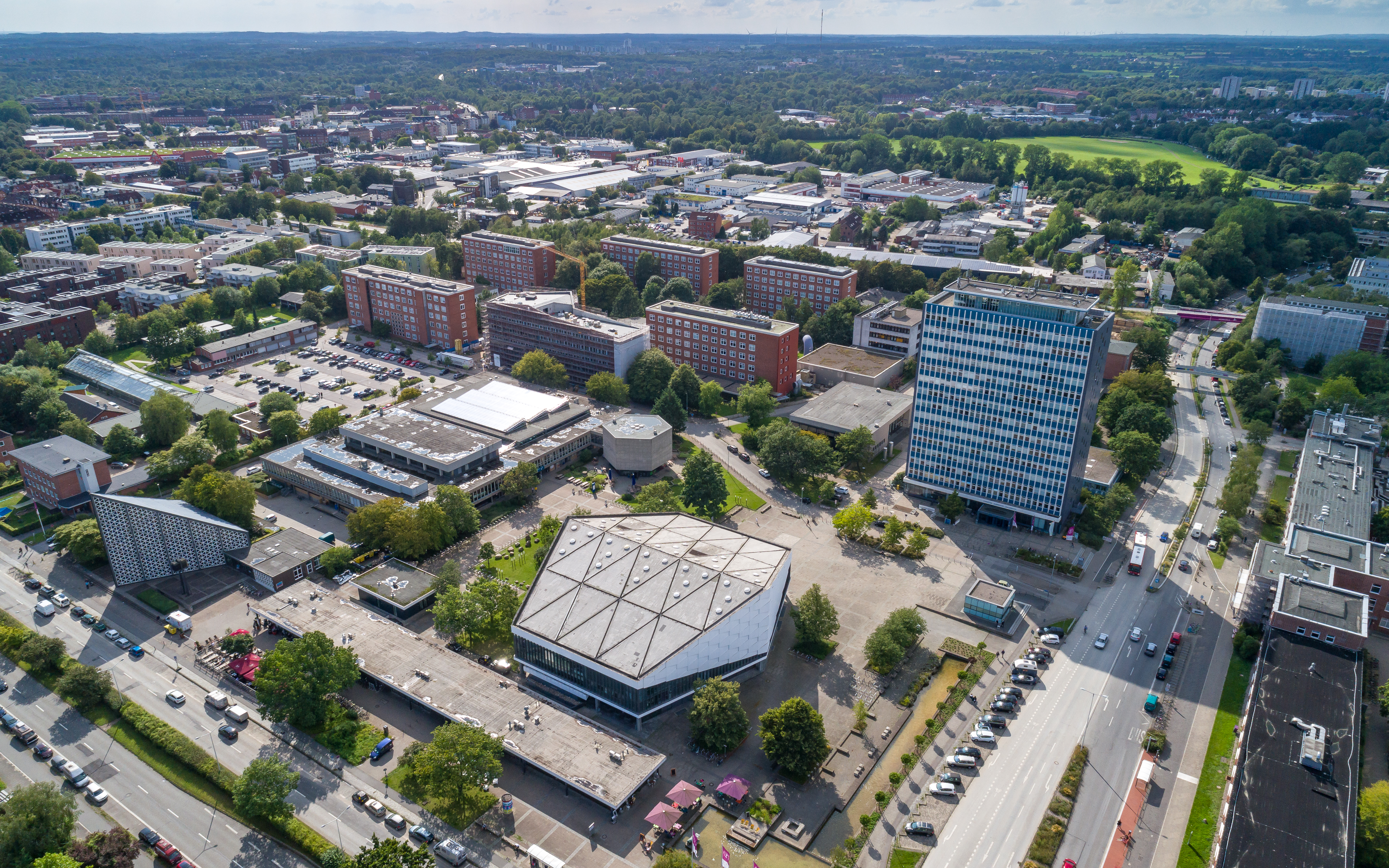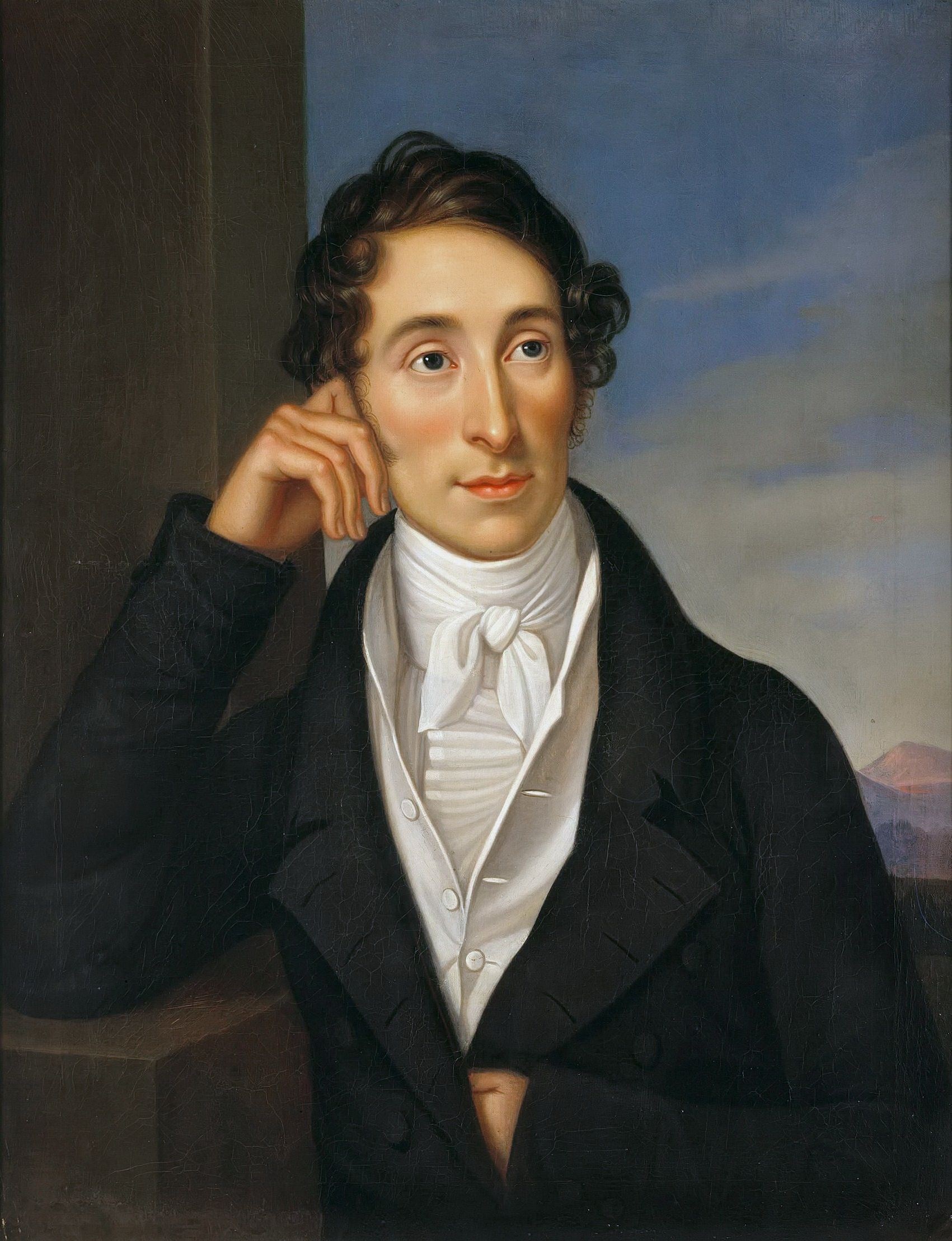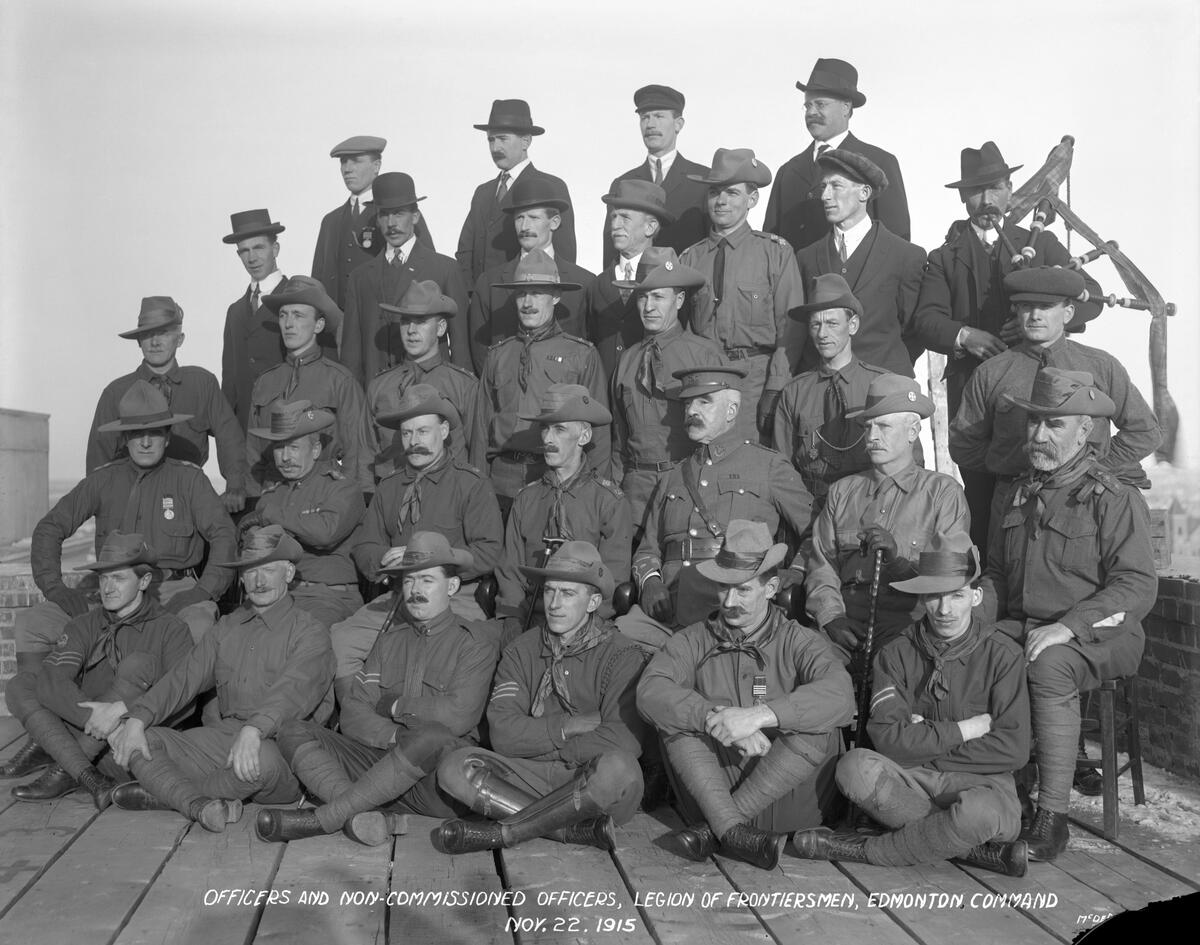|
Heinrich Böhmcker
Johann Heinrich Adolph Böhmcker (22 July 1896 –16 June 1944) was a German lawyer, Nazi Party politician and member of the Party's paramilitary organization, the ''Sturmabteilung'' (SA), who rose to the rank of SA-''Obergruppenführer''. He served as the '' Regierungspräsident '' of the Region of Lübeck from 1932 to 1937, and as the ''Bürgermeister'' and chairman of the state government of Bremen from 1937 until his death. Early life and education Böhmcker was born in Bosau, the only son of a farmer. He attended the local village school, followed by the '' Gymnasium'' in Eutin and left school in 1914 after passing his '' Notabitur'' exam. He volunteered for service in the First World War with the Imperial German Army. He was assigned to a dragoon unit and then to Reserve Cavalry Detachment 78 before transferring to the 1st Guards Foot Artillery Regiment. He was deployed to the eastern front in December 1914 and then to the western front. After the end of the war, he wa ... [...More Info...] [...Related Items...] OR: [Wikipedia] [Google] [Baidu] |
Bremen (state)
Bremen (), officially the Free Hanseatic League#Lists of former Hansa cities, Hanseatic City of Bremen (; ), is the smallest and least populous of States of Germany, Germany's 16 states. It is informally called ('State of Bremen'), although the term is sometimes used in official contexts. The state consists of the city of Bremen and its seaport exclave, Bremerhaven, surrounded by the larger state of Lower Saxony in northern Germany. Geography The state of Bremen consists of two non-contiguous territories. These enclaves contain Bremen, officially the 'City' (''Stadtgemeinde Bremen'') which is the state capital, and the city of Bremerhaven (''Stadt Bremerhaven''). Both are located on the River Weser; Bremerhaven ("Bremen's harbour") is further downstream on the mouth of the Weser with open access to the North Sea. Both enclaves are completely surrounded by the neighbouring State of Lower Saxony (''Niedersachsen''). The highest point in the state is in Friedehorst Park (). Hist ... [...More Info...] [...Related Items...] OR: [Wikipedia] [Google] [Baidu] |
Kiel University
Kiel University, officially the Christian Albrecht University of Kiel, (, abbreviated CAU, known informally as Christiana Albertina) is a public University, public research university in the city of Kiel, Germany. It was founded in 1665 as the ''Academia Holsatorum Chiloniensis'' by Christian Albert, Duke of Holstein-Gottorp and has approximately 27,000 students today. It is the largest, oldest, and most prestigious university in the state of Schleswig-Holstein. Until 1866, it was not only the northernmost university in Germany but at the same time the 2nd largest university of Denmark. Faculty, alumni, and researchers of Kiel University have won 12 Nobel Prizes. Kiel University has been a member of the German Universities Excellence Initiative since 2006. The Cluster of Excellence The Future Ocean, which was established in cooperation with the GEOMAR Helmholtz Centre for Ocean Research Kiel in 2006, is internationally recognized. The second Cluster of Excellence "Inflammation a ... [...More Info...] [...Related Items...] OR: [Wikipedia] [Google] [Baidu] |
Dragoon
Dragoons were originally a class of mounted infantry, who used horses for mobility, but dismounted to fight on foot. From the early 17th century onward, dragoons were increasingly also employed as conventional cavalry and trained for combat with swords and firearms from horseback. While their use goes back to the late 16th century, dragoon regiments were established in most European armies during the 17th and early 18th centuries; they provided greater mobility than regular infantry but were far less expensive than cavalry. The name reputedly derives from a type of firearm, called a ''Dragon (firearm), dragon'', which was a handgun version of a blunderbuss, carried by dragoons of the French Army. The title has been retained in modern times by a number of armoured warfare, armoured or ceremonial mounted regiments. Origins and name The establishment of dragoons evolved from the practice of sometimes transporting infantry by horse when speed of movement was needed. During th ... [...More Info...] [...Related Items...] OR: [Wikipedia] [Google] [Baidu] |
First World War
World War I or the First World War (28 July 1914 – 11 November 1918), also known as the Great War, was a World war, global conflict between two coalitions: the Allies of World War I, Allies (or Entente) and the Central Powers. Fighting took place mainly in European theatre of World War I, Europe and the Middle Eastern theatre of World War I, Middle East, as well as in parts of African theatre of World War I, Africa and the Asian and Pacific theatre of World War I, Asia-Pacific, and in Europe was characterised by trench warfare; the widespread use of Artillery of World War I, artillery, machine guns, and Chemical weapons in World War I, chemical weapons (gas); and the introductions of Tanks in World War I, tanks and Aviation in World War I, aircraft. World War I was one of the List of wars by death toll, deadliest conflicts in history, resulting in an estimated World War I casualties, 10 million military dead and more than 20 million wounded, plus some 10 million civilian de ... [...More Info...] [...Related Items...] OR: [Wikipedia] [Google] [Baidu] |
Notabitur
''Abitur'' (), often shortened colloquially to ''Abi'', is a qualification granted at the end of secondary education in Germany. It is conferred on students who pass their final exams at the end of ISCED 3, usually after twelve or thirteen years of schooling (see also, for Germany, ''Abitur'' after twelve years). In German, the term has roots in the older word meaning "Leave (Graduation) exam/diploma", which in turn was derived from the Latin (future active participle of , thus "someone who is going to leave"). As a matriculation examination, ''Abitur'' can be compared to A levels, the ''Matura'' or the International Baccalaureate Diploma, which are all ranked as level 4 in the European Qualifications Framework. In Germany Overview The ("certificate of general qualification for university entrance"), often referred to as ("''Abitur'' certificate"), issued after candidates have passed their final exams and have had appropriate grades in both the last and second last schoo ... [...More Info...] [...Related Items...] OR: [Wikipedia] [Google] [Baidu] |
Eutin
Eutin () is the district capital of Ostholstein, Eastern Holstein county located in the northern German state of Schleswig-Holstein. As of December 2022, the town had some 17,000 inhabitants. History The name Eutin (originally Utin) is of Slavic origin. Its meaning is not quite clear; it is probably derived from the personal name "Uta". The Slavic Obotrites tribe settled eastern Holstein in the 7th/8th centuries A.D. and built a Utin (castle), castle on Pheasant Island (Eutin), Pheasant Island in the lake now called the Großer Eutiner See. The originally Slavonic settlement of ''Utin'' was populated in the twelfth century by Dutch settlers. In 1156 Eutin became a market town. Town rights were granted in the year 1257. It later became the seat of the Prince-Bishopric of Lübeck, as Lübeck itself was an imperial free city. When the bishopric was secularized in 1803, Eutin became part of the Duchy of Oldenburg. As a result of the Greater Hamburg Act of 1937, Eutin passed from the F ... [...More Info...] [...Related Items...] OR: [Wikipedia] [Google] [Baidu] |
Gymnasium (Germany)
''Gymnasium'' (; German plural: ''Gymnasien''), in the German education system, is the most advanced and highest of the three types of German secondary schools, the others being ''Hauptschule'' (lowest) and ''Realschule'' (middle). ''Gymnasium'' strongly emphasizes academic learning, comparable to the British grammar school system or with university preparatory school, prep schools in the United States. A student attending ''Gymnasium'' is called a ''Gymnasiast'' (German plural: ''Gymnasiasten''). In 2009/10 there were 3,094 gymnasia in Germany, with students (about 28 percent of all precollegiate students during that period), resulting in an average student number of 800 students per school.Federal Statistical office of Germany, Fachserie 11, Reihe 1: Allgemeinbildende Schulen – Schuljahr 2009/2010, Wiesbaden 2010 Gymnasia are generally public, state-funded schools, but a number of parochial and private gymnasia also exist. In 2009/10, 11.1 percent of gymnasium students ... [...More Info...] [...Related Items...] OR: [Wikipedia] [Google] [Baidu] |
Obergruppenführer
(, ) was a paramilitary rank in Nazi Germany that was first created in 1932 as a rank of the ''Sturmabteilung'' (SA) and adopted by the ''Schutzstaffel'' (SS) one year later. Until April 1942, it was the highest commissioned SS rank after only . Translated as "senior group leader", the rank of was senior to '' Gruppenführer''. A similarly named rank of existed in the SA from 1929 to 1930 and as a title until 1933. In April 1942, the new rank of was created which was above and below . Creation and history The rank of was created in 1932 by Ernst Röhm and was intended as a seniormost rank of the Nazi stormtroopers for use by Röhm and his top SA generals. In its initial concept, the rank was intended to be held by members of the ''Oberste SA-Führung'' (Supreme SA Command) and also by veteran commanders of certain ''SA-Gruppen'' (SA groups). Some of the early promotions to the rank included Ernst Röhm, Viktor Lutze, Edmund Heines, August Schneidhuber, and Frit ... [...More Info...] [...Related Items...] OR: [Wikipedia] [Google] [Baidu] |
Sturmabteilung
The (; SA; or 'Storm Troopers') was the original paramilitary organisation under Adolf Hitler and the Nazi Party of Germany. It played a significant role in Adolf Hitler's rise to power, Hitler's rise to power in the 1920s and early 1930s. Its primary purposes were providing protection for Nazi rallies and assemblies, disrupting the meetings of opposing parties, fighting against the paramilitary units of the opposing parties, especially the ''Roter Frontkämpferbund'' of the Communist Party of Germany (KPD) and the ''Reichsbanner Schwarz-Rot-Gold'' of the Social Democratic Party of Germany (SPD), and intimidating Romani people, Romani, trade unionists, and especially Jews. The SA were colloquially called Brownshirts () because of the colour of their Uniforms and insignia of the Sturmabteilung, uniform's shirts, similar to Benito Mussolini's Blackshirts. The official uniform of the SA was a brown shirt with a brown tie. The color came about because a large shipment of Paul von ... [...More Info...] [...Related Items...] OR: [Wikipedia] [Google] [Baidu] |
Paramilitary
A paramilitary is a military that is not a part of a country's official or legitimate armed forces. The Oxford English Dictionary traces the use of the term "paramilitary" as far back as 1934. Overview Though a paramilitary is, by definition, not a military, it is usually equivalent to a light infantry or special forces in terms of strength, firepower, and organizational structure. Paramilitaries use combat-capable kit/equipment (such as Internal security vehicle, internal security/SWAT vehicles), or even actual military equipment (such as Long gun, long guns and Armoured personnel carrier, armored personnel carriers; usually military surplus resources), skills (such as battlefield medicine and bomb disposal), and tactics (such as urban warfare and close-quarters combat) that are compatible with their purpose, often combining them with skills from other relevant fields such as law enforcement, coast guard, or search and rescue. A paramilitary may fall under the command of a ... [...More Info...] [...Related Items...] OR: [Wikipedia] [Google] [Baidu] |
War Merit Cross
The War Merit Cross () was a state decoration of Nazi Germany during World War II. By the end of the conflict it was issued in four degrees and had an equivalent civil award. A " de-Nazified" version of the War Merit Cross was reissued in 1957 by the ''Bundeswehr'' for its veterans. History This award was created by Adolf Hitler in October 1939 as a successor to the non-combatant Iron Cross which was used in earlier wars (similar medal but with a different ribbon). The award would recognize bravery or service in the furtherance of the war effort that fell short of the award of the Iron Cross. The award was graded in the same manner as the Iron Cross: ''War Merit Cross Second Class'', ''War Merit Cross First Class'', and ''Knights Cross of the War Merit Cross''. The award was authorized for both military personnel and for civilians. The award had two variants: ''with swords'' and ''without swords''. Those with swords recognized bravery not directly connected to front-line activ ... [...More Info...] [...Related Items...] OR: [Wikipedia] [Google] [Baidu] |
Iron Cross
The Iron Cross (, , abbreviated EK) was a military decoration in the Kingdom of Prussia, the German Empire (1871–1918), and Nazi Germany (1933–1945). The design, a black cross pattée with a white or silver outline, was derived from the insignia of the medieval Teutonic Order and borne by its knights from the 13th century. As well as being a military medal, it has also been used as an emblem by the Prussian Army, the Imperial German Army, and the of the Weimar Republic, while the ''Balkenkreuz'' (bar cross) variant was used by the ''Wehrmacht''. The Iron Cross is now the emblem of the , the modern German armed forces. King Frederick William III of Prussia established the Iron Cross award on 17 March 1813 during the Napoleonic Wars (EK 1813). The award was backdated to the birthday (10 March) of his late wife, Louise of Mecklenburg-Strelitz, Queen Louise, who was the first person to receive it (posthumously). The Iron Cross was also awarded during the Franco-Prussian War ( ... [...More Info...] [...Related Items...] OR: [Wikipedia] [Google] [Baidu] |








